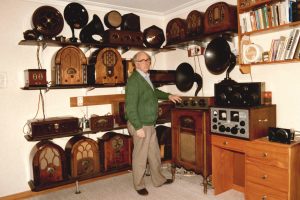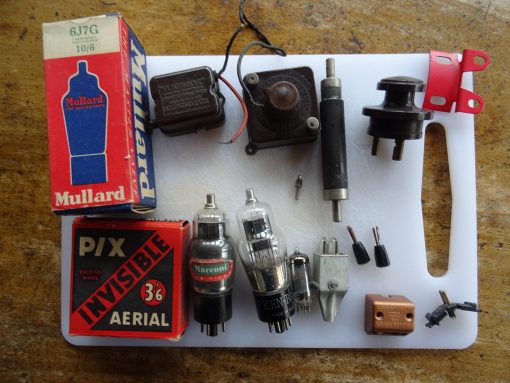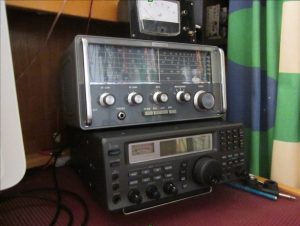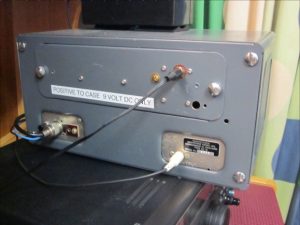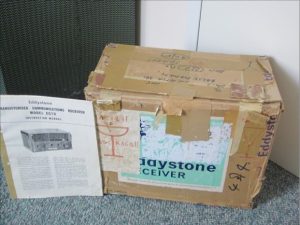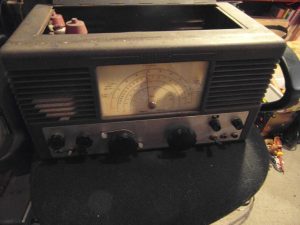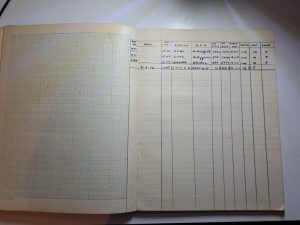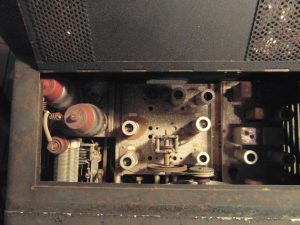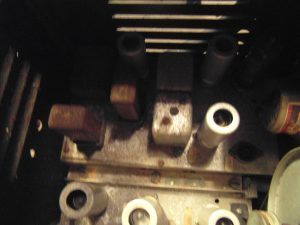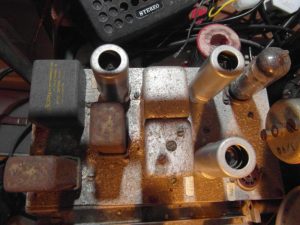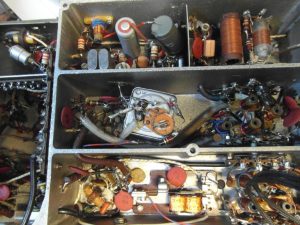Classic Eddystone Receiver For Sale with side benefits
Always wanted an Eddystone 888A? Well now is your chance to do so and at the same time help raise funds for running the Eddystone User Group website and group.io forum. Victor Jenkins from Northampton, who will be known to many of you as a rather talented restorer and collector of Eddystone receivers, is someone who freely offers his knowledge and advice to other Eddystone enthusiasts via the EUG group.io forum and through his restoration articles on our website. He has been a generous financial supporter of the EUG in the past and has now come up with an offer that we could not refuse. Victor, needing to create some space in his shack, has decided to sell his Eddystone 888A and rather generously wants to donate the money raided by this sale to support the running of the Eddystone User Group. The signal meter and loudspeaker would be included in the sale (see below).
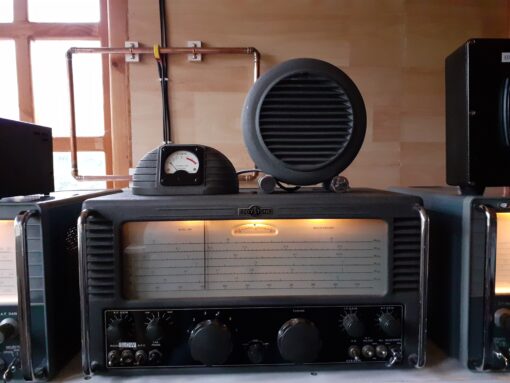
This 888A was the subject of a detailed restoration, re-alignment and performance improvement modifications which he wrote up as an article for this website. You can see it here. Victor wishes to get offers of £250 for this set. The purchase would on the understanding that the set is not quite standard and has been refurbished as described in Victor’s paper. See the For Sale Ad on the website. There are conditions associated with the sale. The set would have to be collected from Northampton where it can be inspected and checked out. Payment would be in cash which Victor will transfer to EUG.
This is a great opportunity to get a rare classic set in top working order, probably better than when it left the factory 75 years ago, with good provenance and at the same time,
play a big part in helping keep the Eddystone User Group Website and Forum running. Go on, its nearly Christmas, still time to send a note to Santa!
Chris Pettitt G0EYO
EUG Admin

